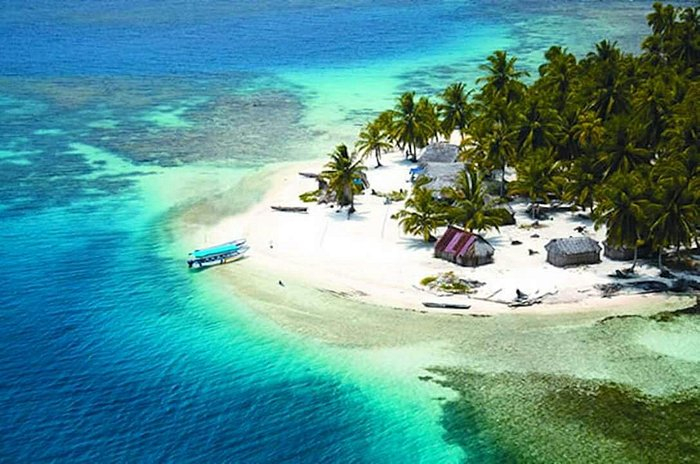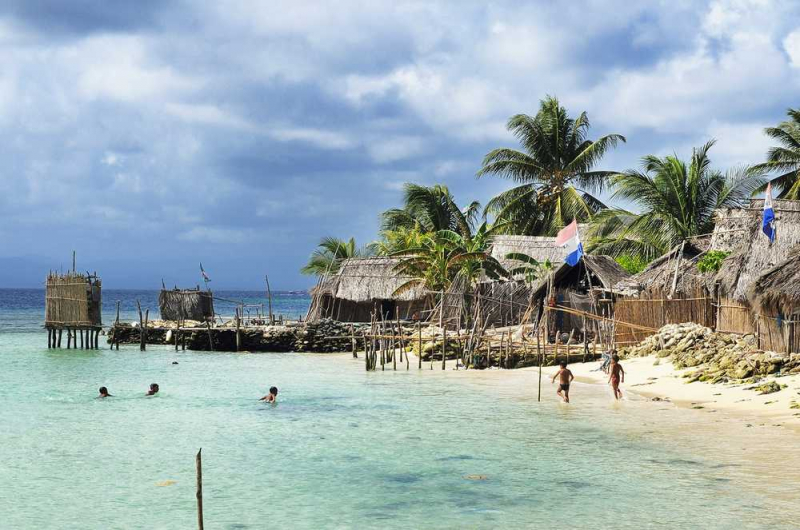Guna Yala
The Comarca Guna Yala runs along the Caribbean coast, home to a slew of palm-topped islands and the indigenous Guna, who have fought outsiders for generations to protect their customs and way of life. Visiting a Guna community has to be one of the most popular activities in Panama. The Guna (pronounced 'Guna' or 'Kuna,' depending on dialect) – or Dule (pronounced 'Dule' or 'Tule,' as they prefer) – are Panama's most well-known indigenous people. They live in a vast semi-autonomous region (or comarca) along the eastern Caribbean coast that stretches 375 kilometers (233 miles) from the Golfo de San Blas to Puerto Obalda and includes nearly 400 islands as well as a swath of land that stretches to the peaks of the Serranas de San Blas and the Darién
Around 33,000 Guna live in the Comarca de Guna Yala, with another 47,000 scattered throughout two smaller inland comarcas in eastern Panama and Panama City, though populations are fluid due to the continual movement between the capital and the comarcas. The majority of the population is concentrated on a chain of 36 low-lying coral outcrops near the shore, with 11 villages on the coast and two further inland.
Flooding caused by increasing sea levels has prompted some island-based families to relocate to the mainland in recent years. As it appears more likely that their homes will be permanently buried, plans are in the works for entire communities to join them in the coming years. There are two types of islands that tourists are interested in visiting. The first are the near-deserted islands, which are crowned with coconut trees and flanked by white-sand beaches that stretch into blue waters, where coral reefs offer excellent snorkeling opportunities (diving is prohibited across the comarca). The western archipelago's waters, in particular, are dotted with these pristine islets, which are mostly distinguished by their accommodations, which range from simple cane cabaas with a simple home-made bed to slightly more comfortable lodges, all owned by families or communities from the more densely populated village-islands. In contrast, the communities are packed coral outcrops crammed with cane-and-thatch constructions, cement structures, schools, medical centers, and the occasional shop.
Location: El Porvenir, Guna Yala










